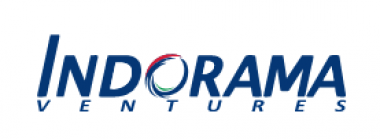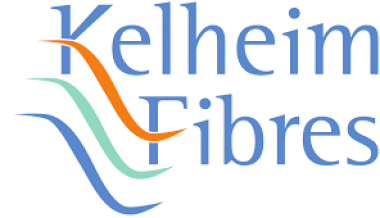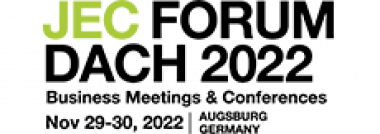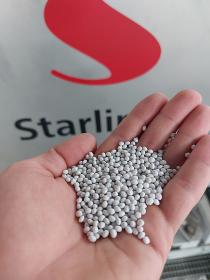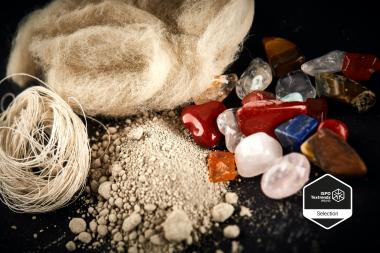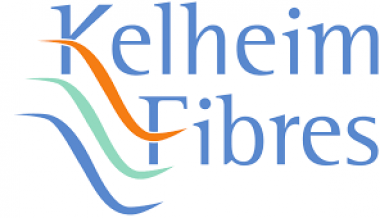Indorama Ventures: Resilient YTD earnings in 3Q22
- Last twelve months (LTM) Core EBITDA of US$2.5B, an increase of 60% YoY
- Core EBITDA per ton of US$163 in LTM3Q22 and US$159 in 3Q22
- Operating cash flow of US$1,952 in LTM3Q22, an increase of 59% YoY
- 3Q22 Core Net Profit of THB 10.34B and Reported Net Profit of THB 8.14B
Indorama Ventures Public Company Limited (IVL) reported a resilient year-to-date performance and increasing earnings in a challenging macroeconomic environment.
IVL posted Core EBITDA of US$606 million in 3Q22, a 39% increase YoY and a decline of 20% QoQ as the strong tailwinds that drove record earnings into 2022 began to normalize in the third quarter.
Strategic acquisitions, including Oxiteno, are bolstering IVL’s increasingly diverse geographic footprint and product portfolio, supporting earnings through volatile economic conditions. Revenue declined 10% QoQ in 3Q and grew 27% YoY as Combined PET, the largest business segment, saw steady volumes through the year, and new portfolio additions performed strongly, such as surfactants in the Integrated Oxides and Derivatives segment. With more than 70% of IVL’s platform catering to consumer daily necessities, demand remains stable.
Fibers segment posted YTD Core EBITDA of $189 million, a rise of 2% YoY. 3Q Core EBITDA increased 2% YoY, and decreased of 11% QoQ, to US$49 million. The Lifestyle fibers business continues to be impacted by the lockdown in China, while management in the Hygiene and Mobility verticals in Europe are effectively managing high energy costs.
Combined PET (CPET) segment achieved YTD Core EBITDA of US$1,192 million, an increase of 42% YoY. Core EBITDA in 3Q22 rose 27% YoY to US$327 million, and declined 24% QoQ, as business remained steady across operations apart from in Europe where peak energy prices continue to put pressure on demand and margins.
D K Agarwal, CEO of Indorama Ventures, said, “We are pleased with our performance across the business cycle. Our management is working hard to extract the advantages that we enjoy in terms of geographic leadership, product diversity, and an unmatched customer base of global household brands. Together with our habitual lens on cost management, these actions will help us to weather the economic challenges and continue to focus on our long-term potential.”
Indorama Ventures Public Company Limited


